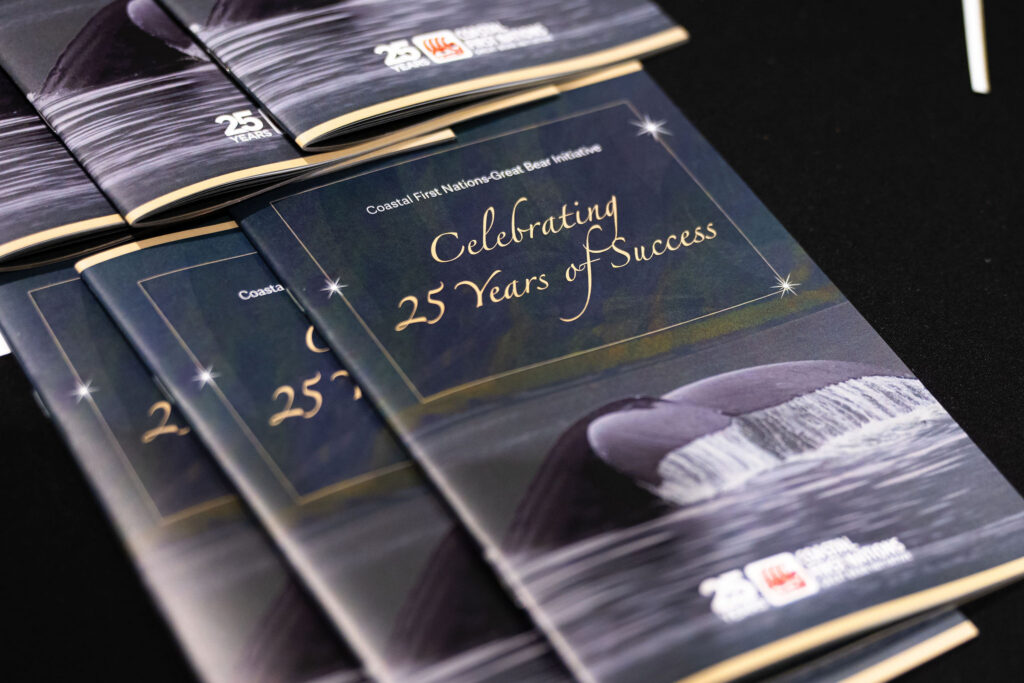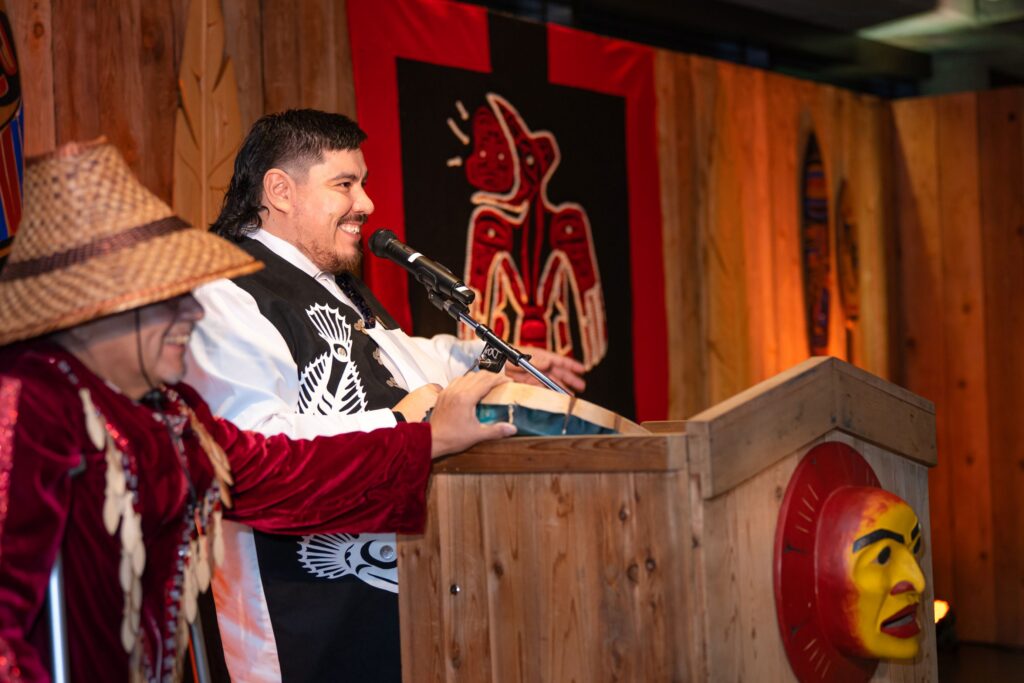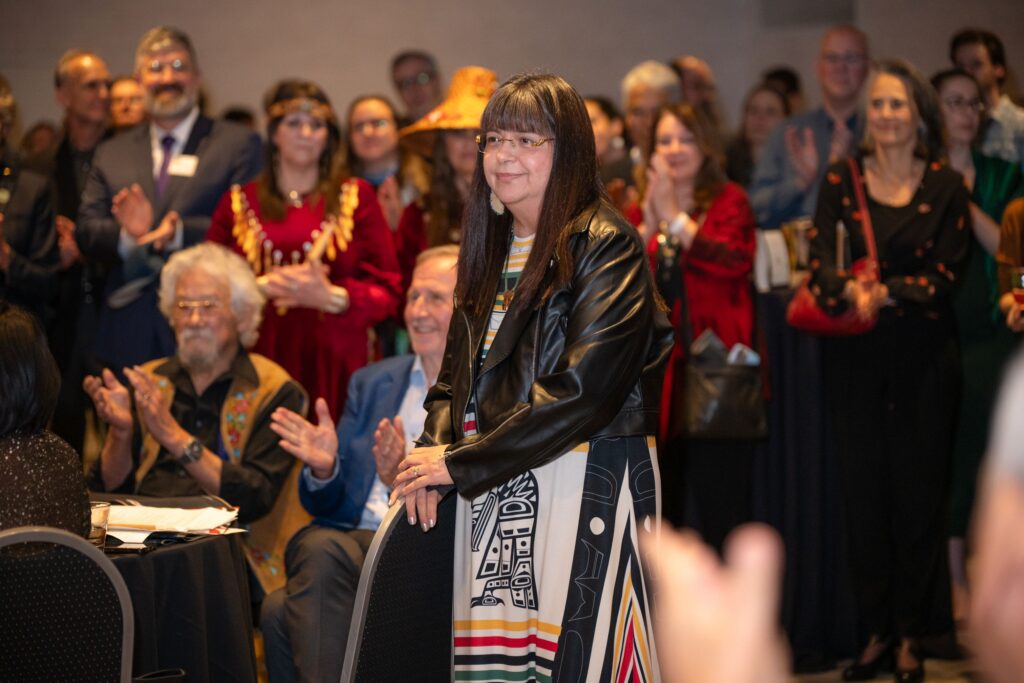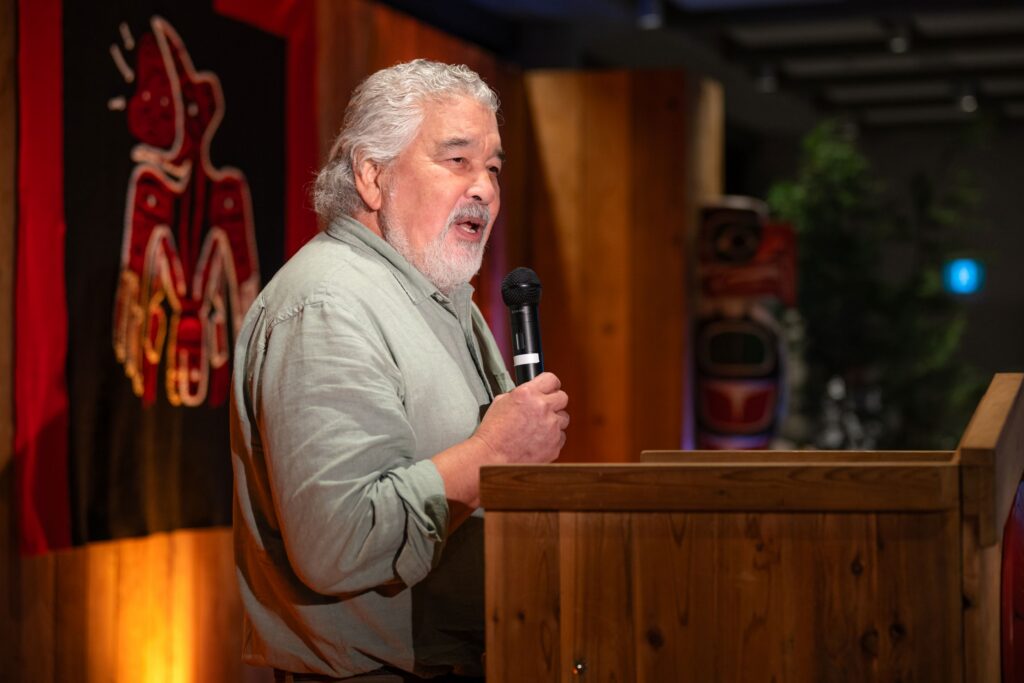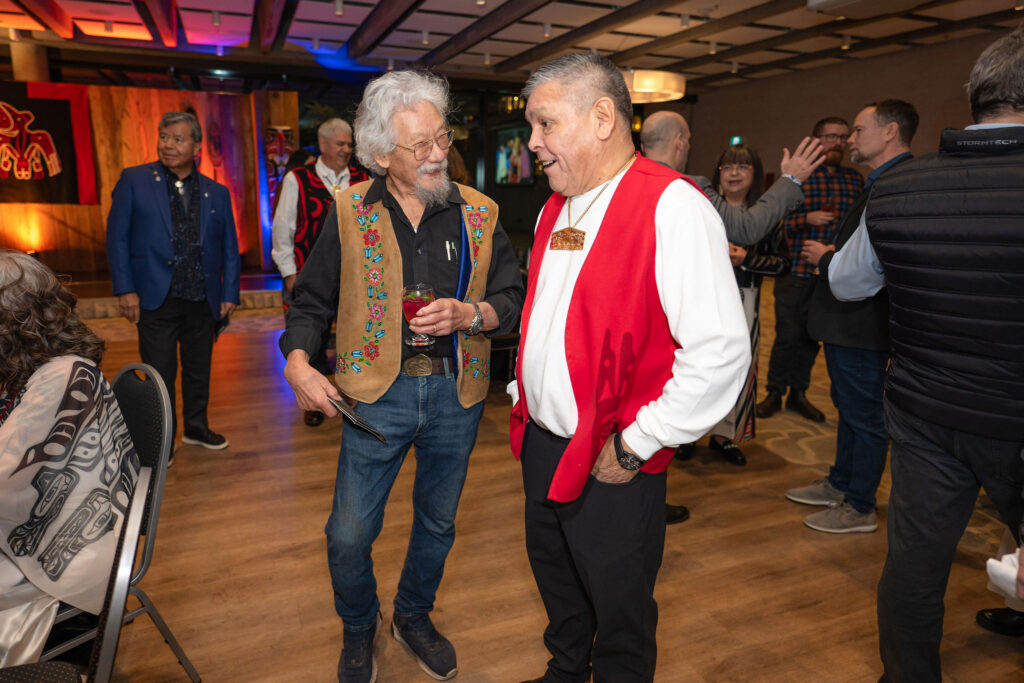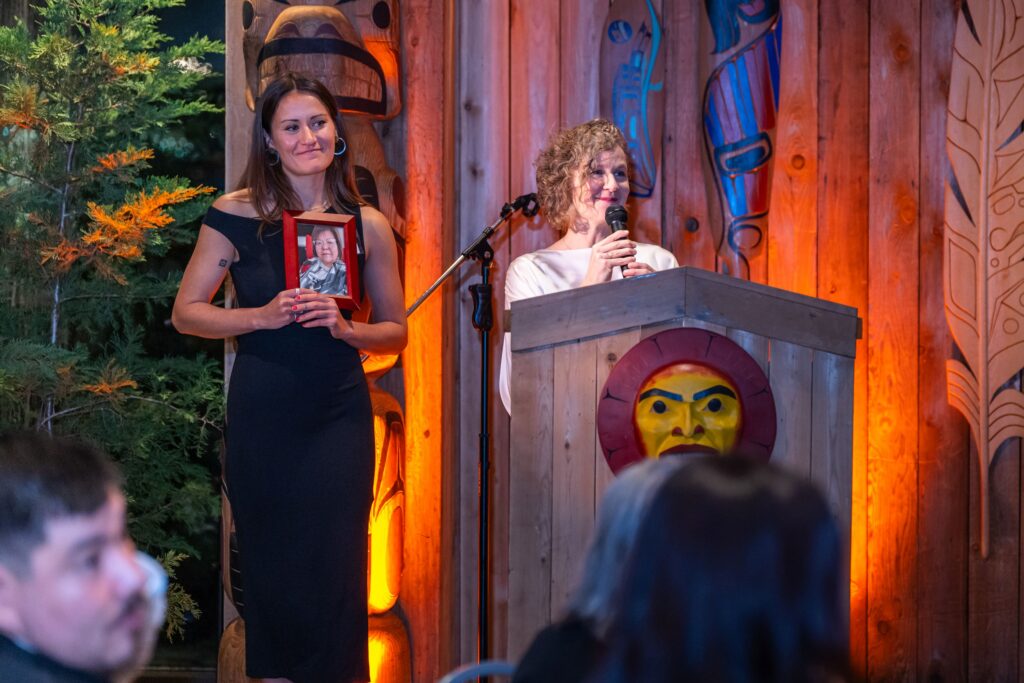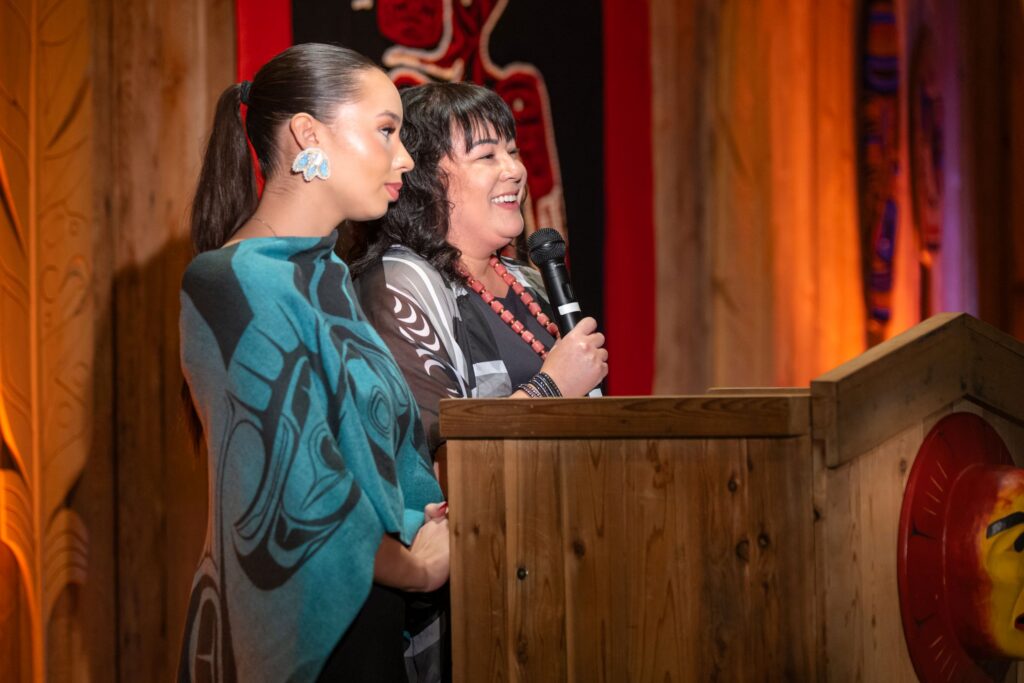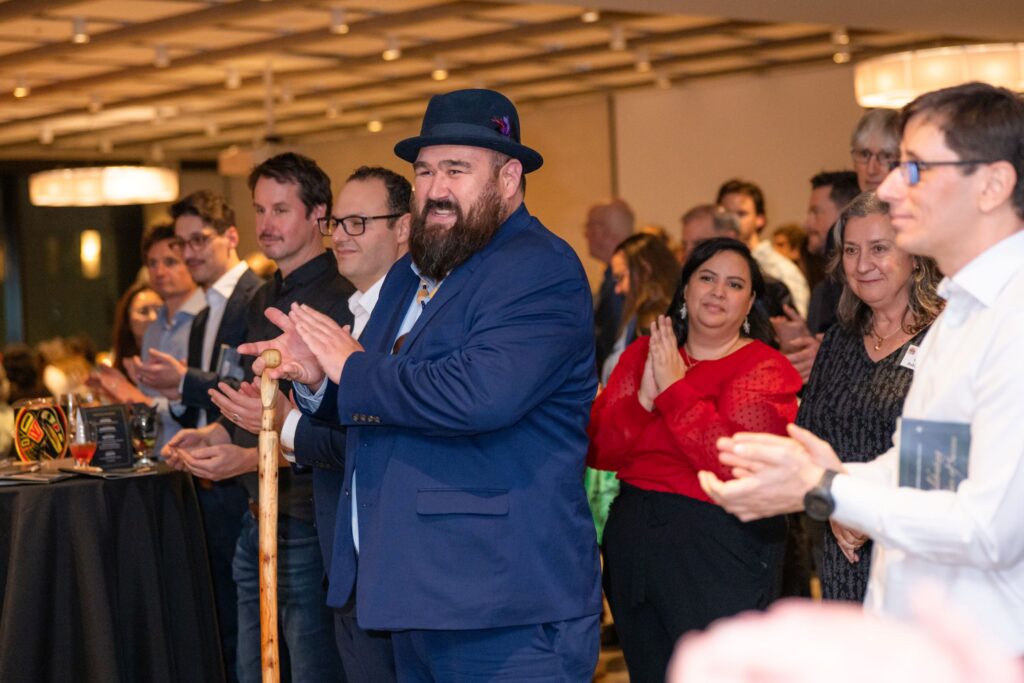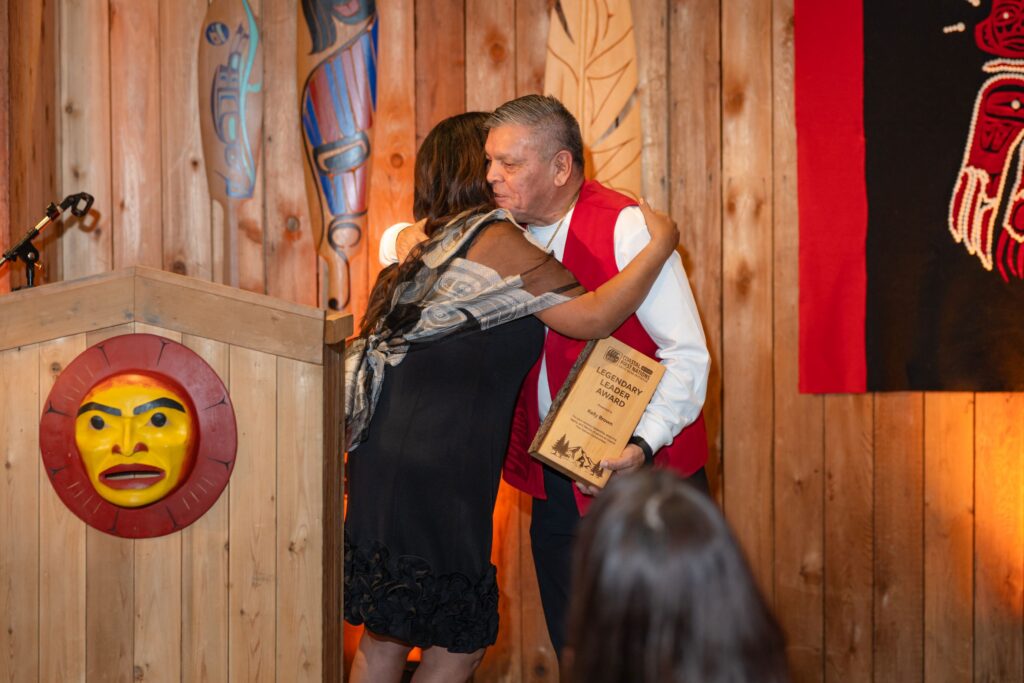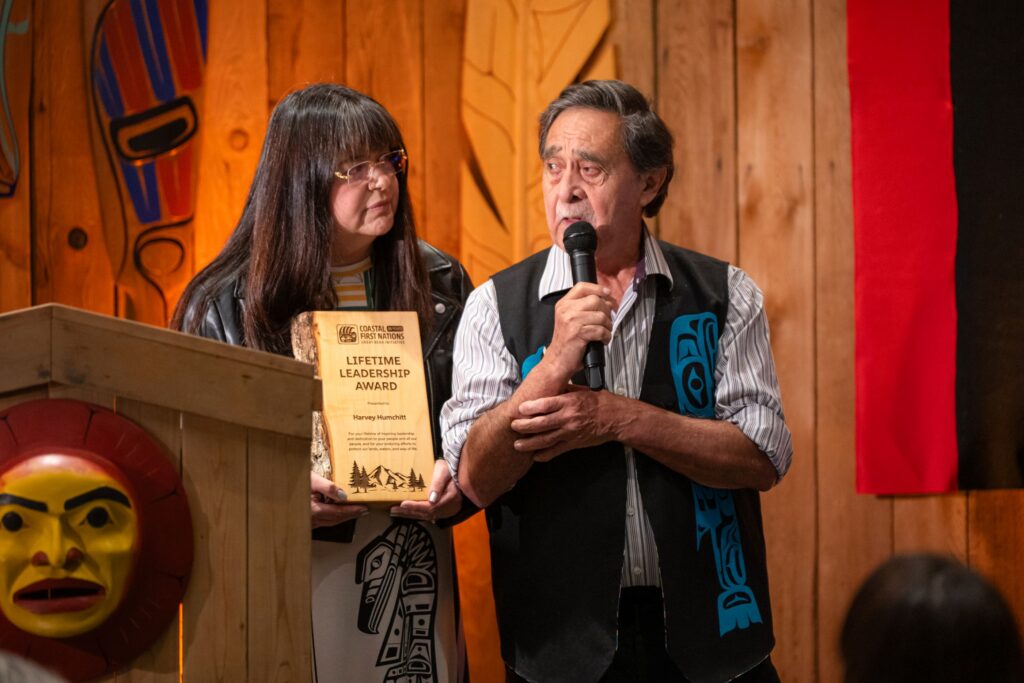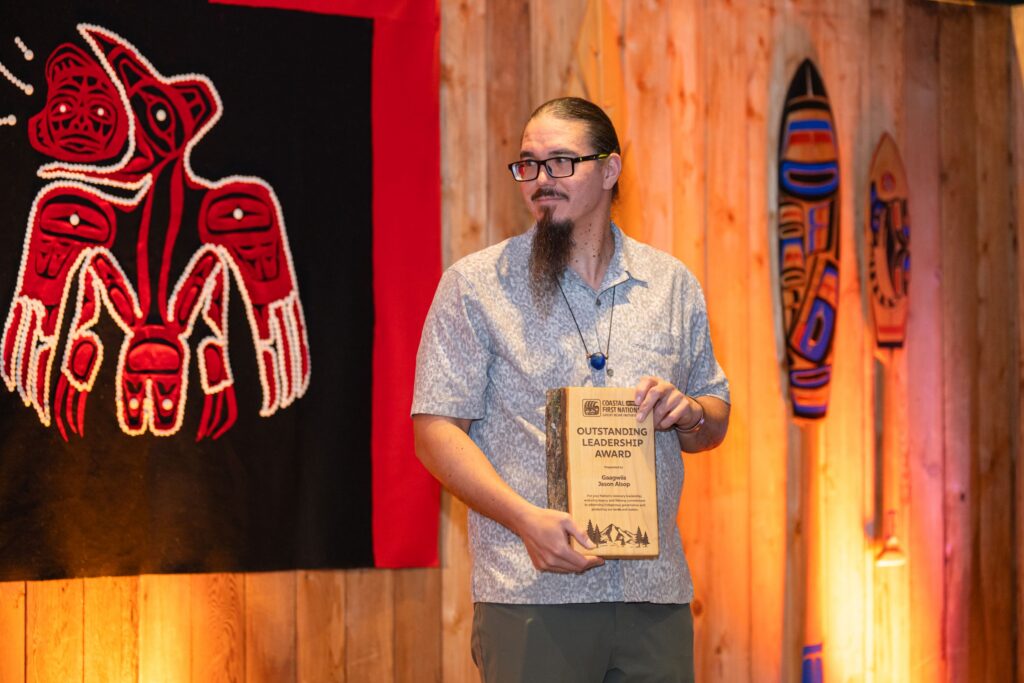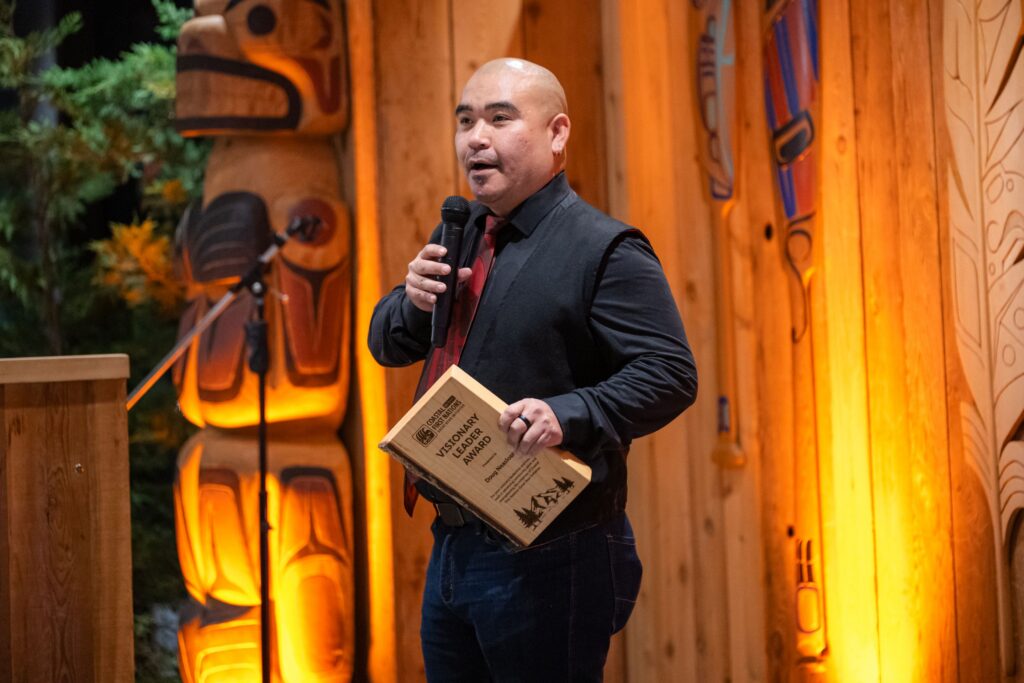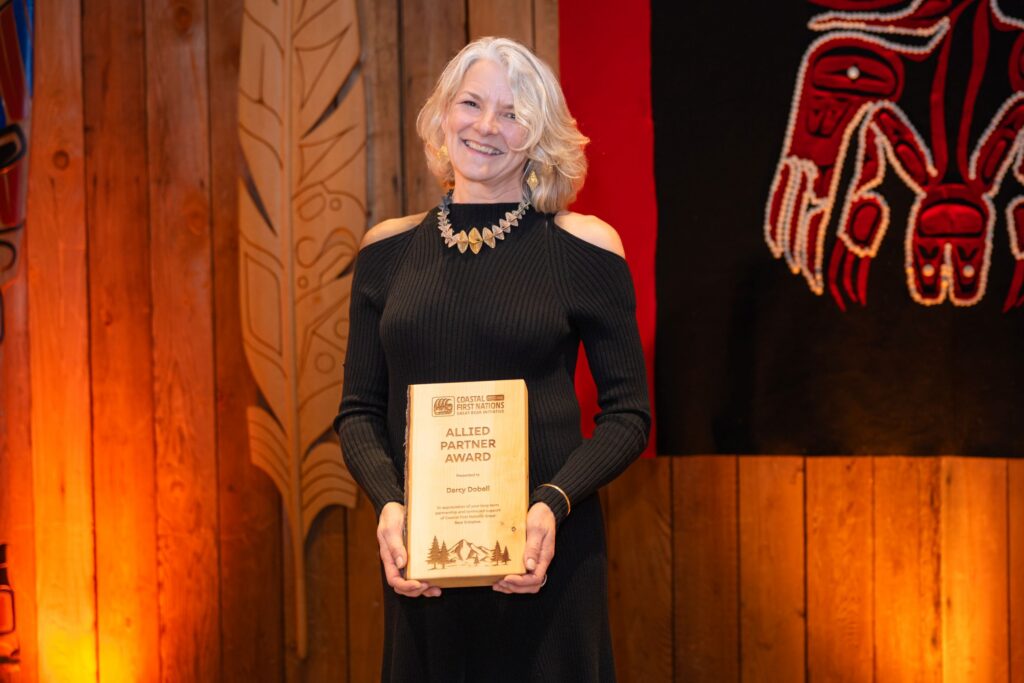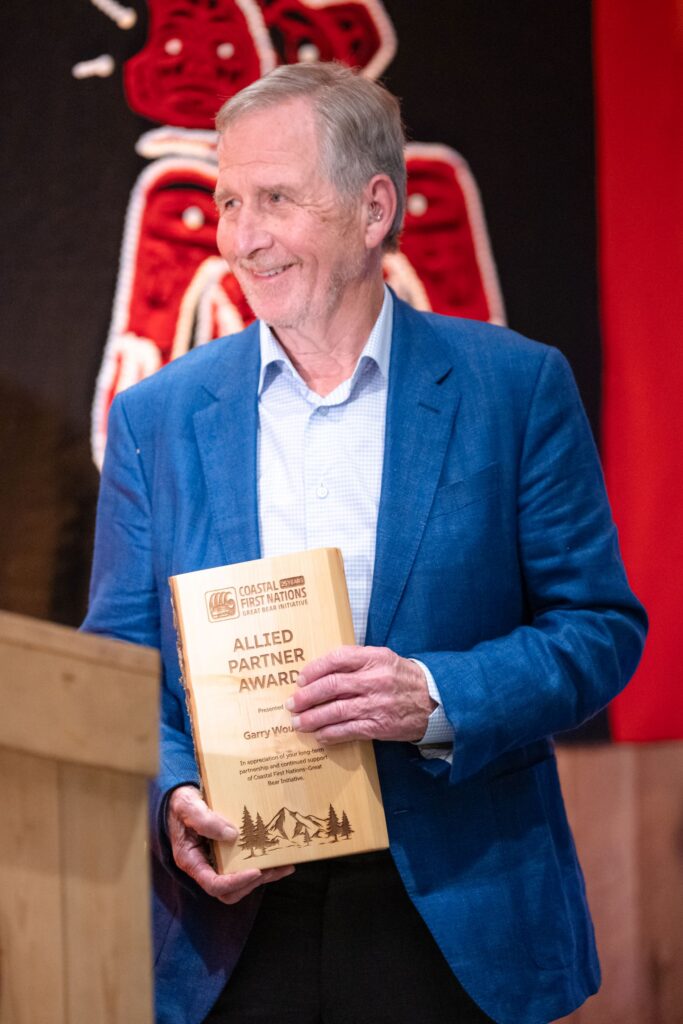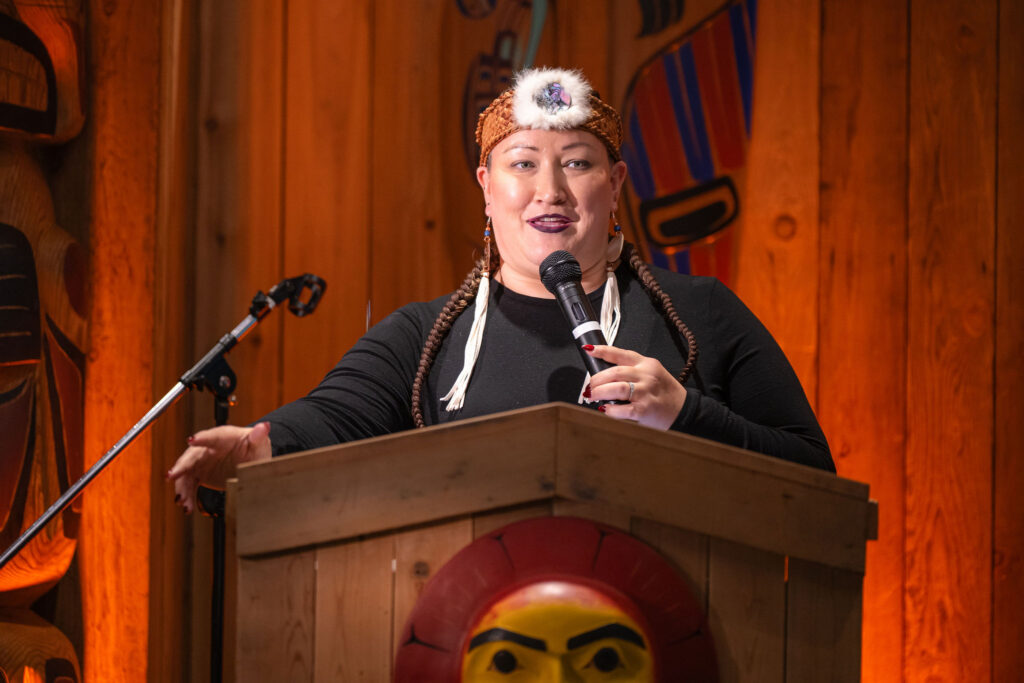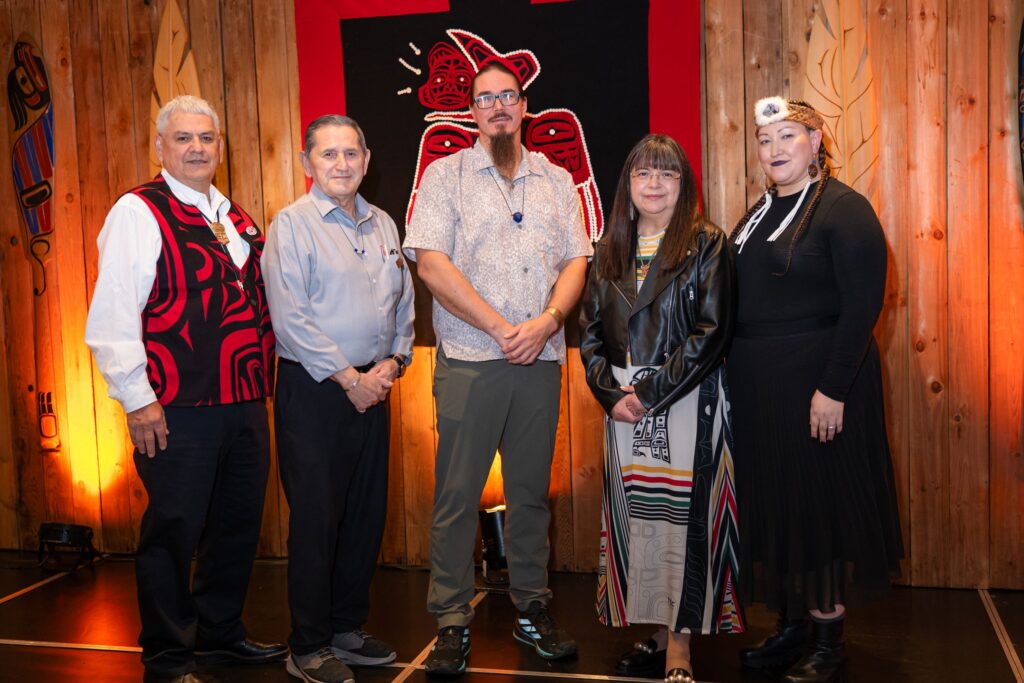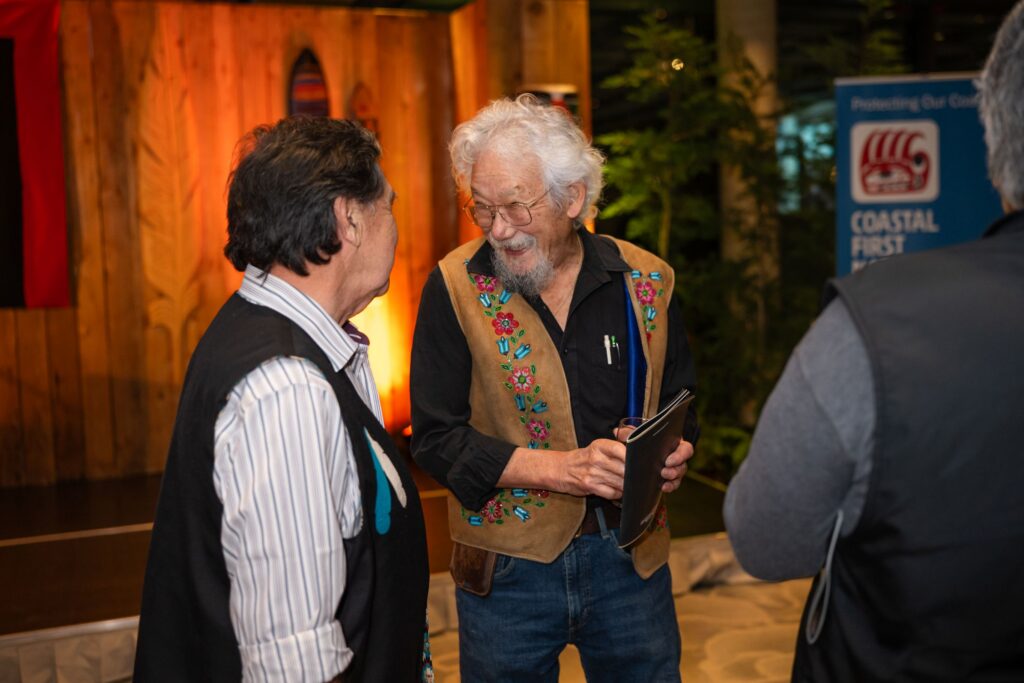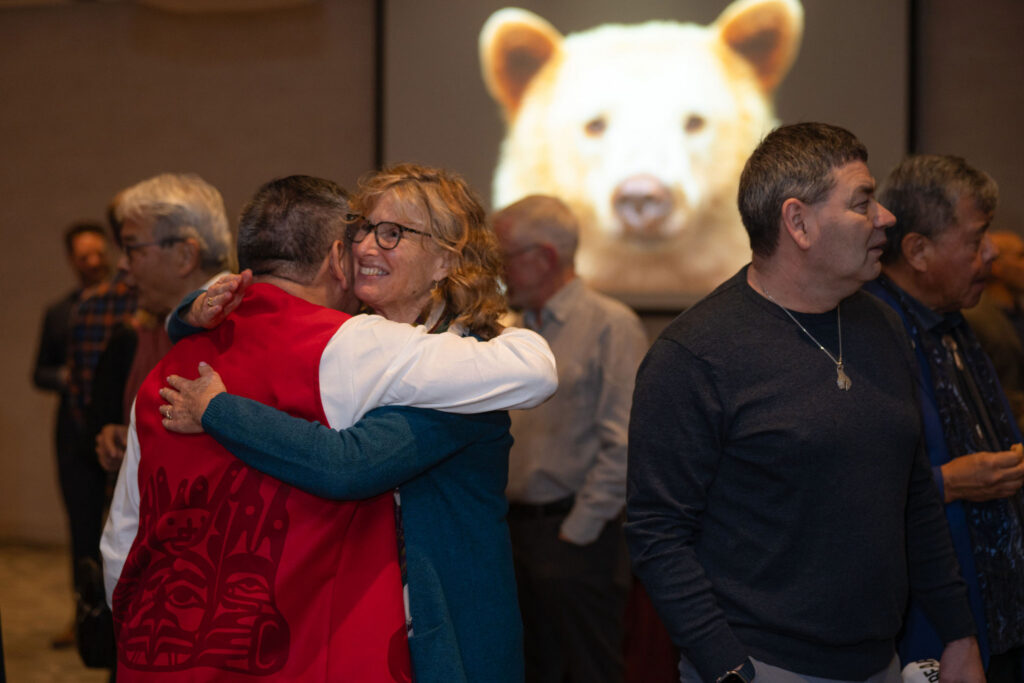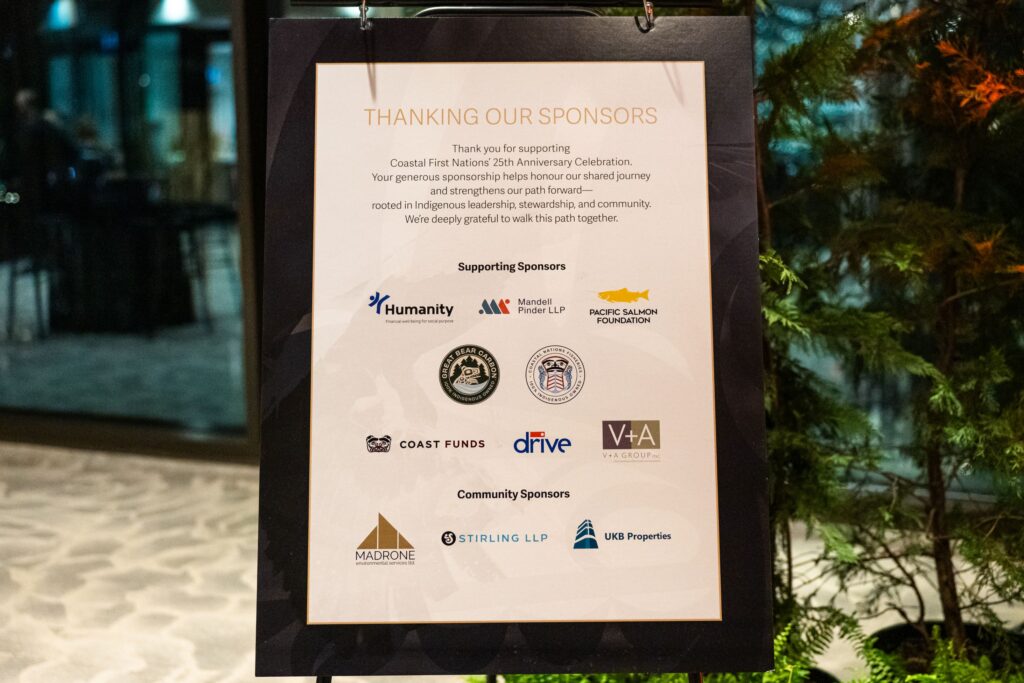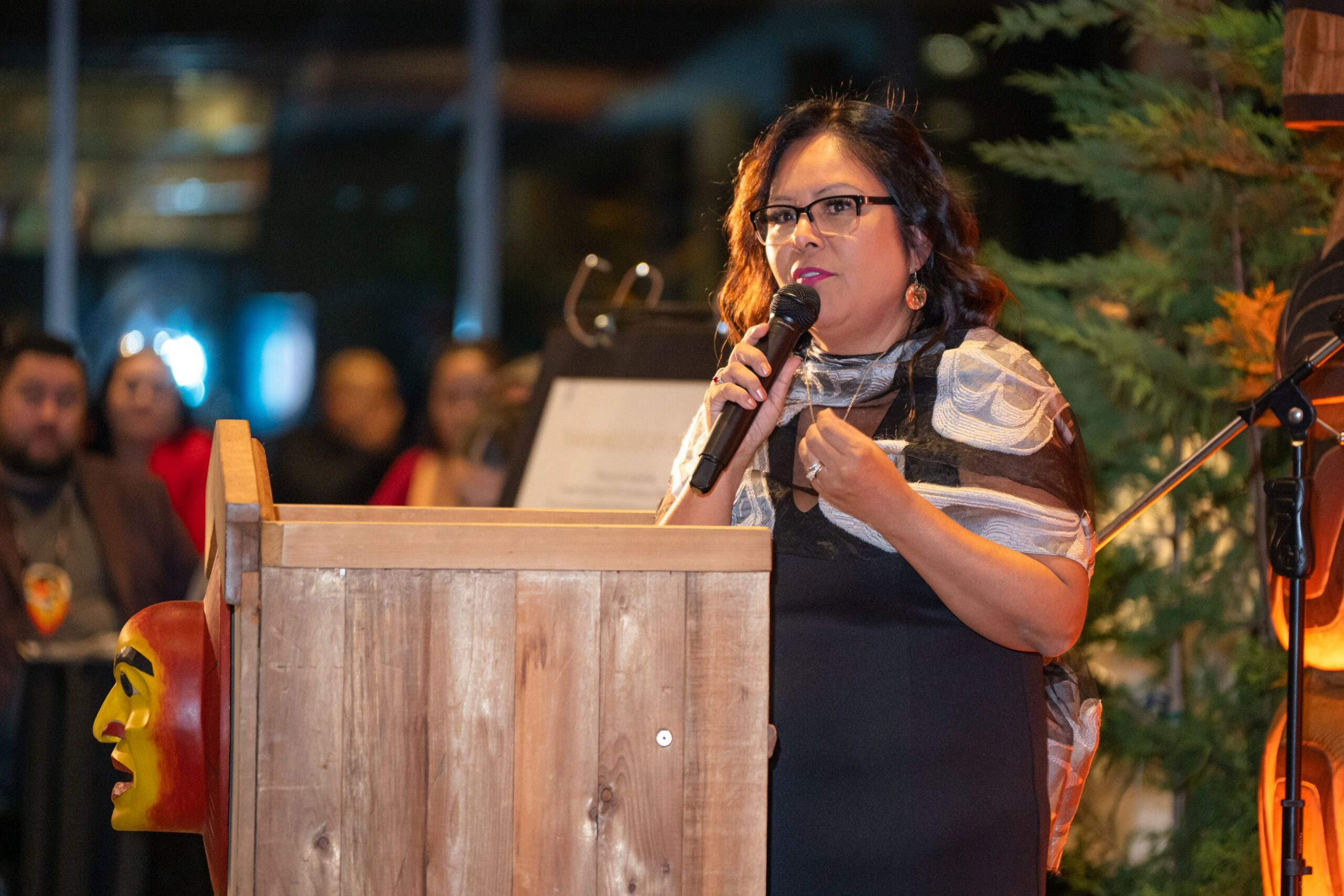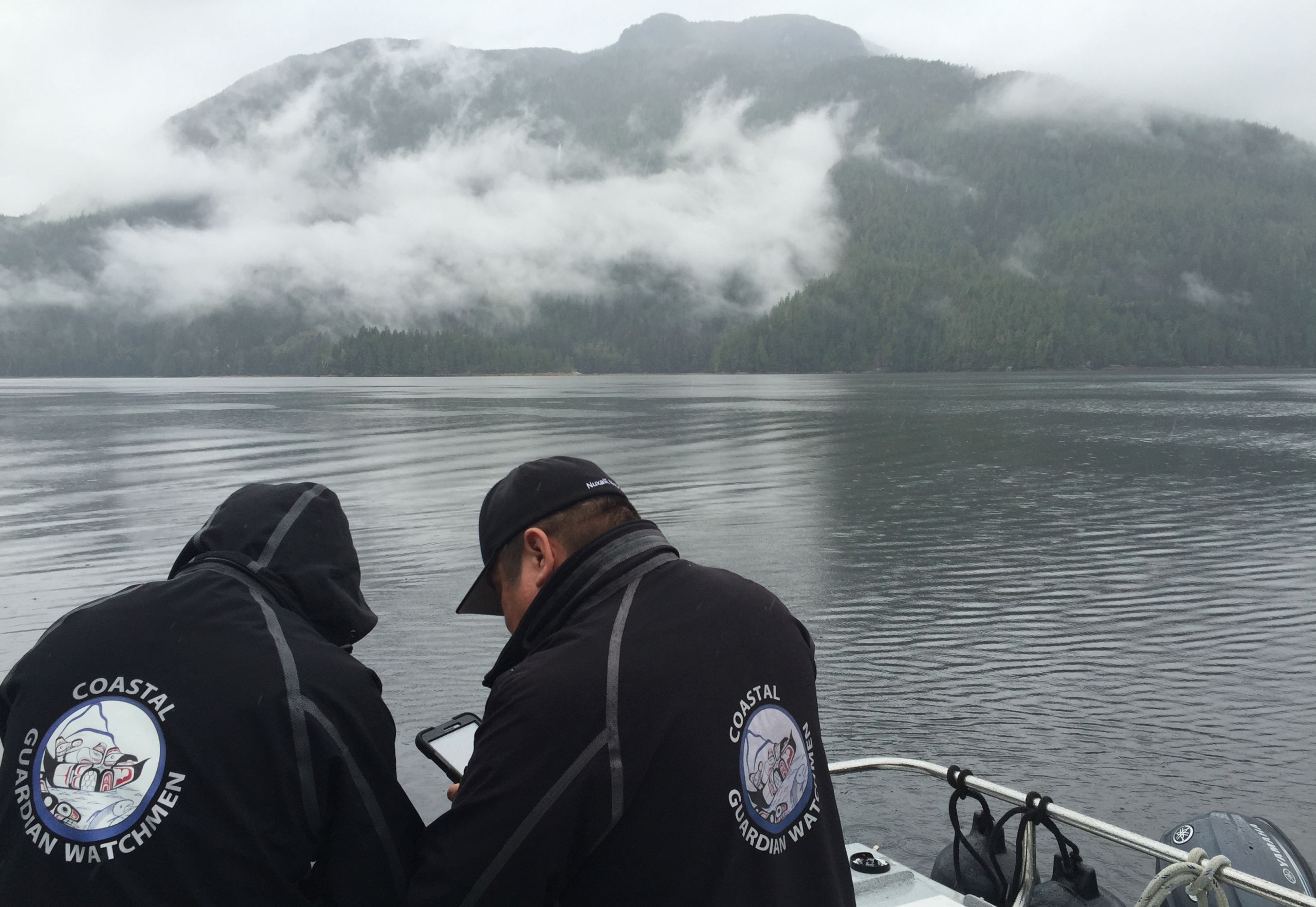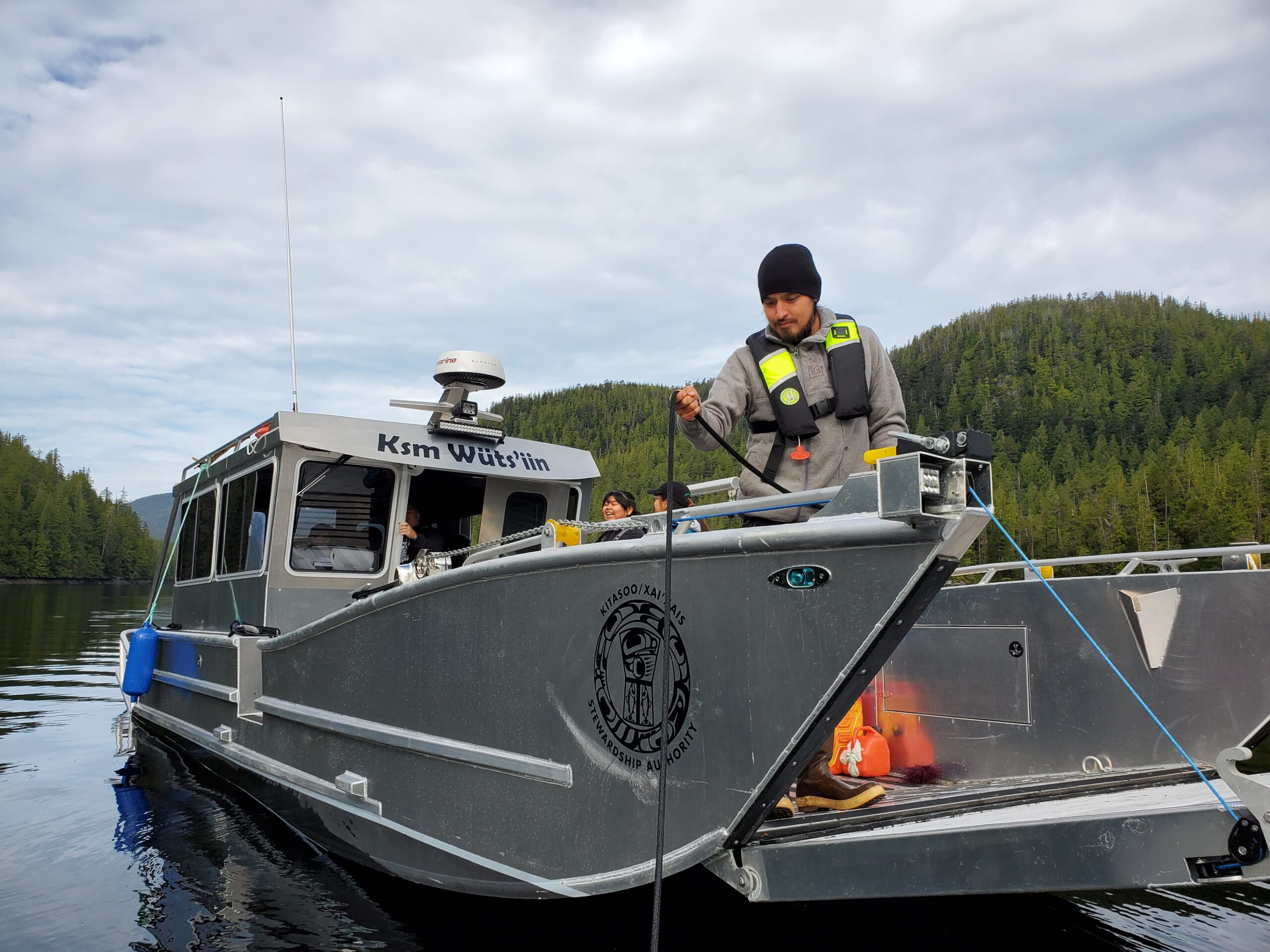For all who were able to join us for CFN’s 25th Anniversary Celebration on December 11, in Vancouver, thank you for helping to make it such a meaningful and memorable evening!
We also want to thank all those who were unable to join us at the event but have been a part of CFN’s journey over the past 25 years. It’s been a wonderful and rewarding trip so far, and we are thankful for your support along the way.
To all of our sponsors for the evening celebration: Your generous support helped to bring together a passionate group of community leaders, partners, and allies who have worked together over 25 years of Indigenous-led stewardship, economic innovation, and collaboration — and who look forward to the next chapter as well. Your presence and support were deeply felt and truly appreciated.
Thank you again for walking with us — in celebration and in partnership!
Enjoy the pictures below that provide a few of the highlights of the evening.
